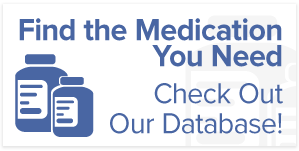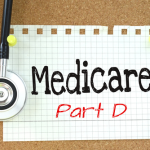Prescription Assistance Programs and the US Healthcare System
Prescription drugs play a crucial role in maintaining health and well-being, with over 131 million Americans using them. However, access to these medications can often be challenging due to their high costs.
In response to this issue, prescription assistance programs have emerged as a vital resource for individuals struggling to afford necessary medications within the complex landscape of the US healthcare system. Read on to learn more.
1. Understanding Prescription Assistance Programs
Prescription assistance programs are initiatives to provide financial support or discounted medications to individuals who cannot afford them. Pharmaceutical companies, non-profit organizations, government agencies, or charitable foundations may offer these programs.
2. Eligibility Criteria and Application Process
While prescription assistance programs vary in their eligibility requirements, many consider factors such as income level, insurance status, medical diagnosis, and prescription drug coverage.
Applicants typically need to submit proof of financial need, medical documentation, and other relevant information to qualify for assistance. The application process may involve completing forms, providing income verification, and obtaining healthcare provider signatures.
3. Types of Prescription Assistance Programs
There are various types of prescription assistance programs available to eligible individuals, including patient assistance programs (PAPs), discount drug cards, co-pay assistance programs, and state-based initiatives.
Patient assistance programs, often offered by pharmaceutical companies, provide free or discounted medications directly to patients who meet specific criteria. Discount drug cards offer reduced prices on prescription drugs at participating pharmacies, while co-pay assistance programs help offset out-of-pocket costs for insured individuals.

4. Impact on Healthcare Access and Affordability
Prescription assistance programs play a crucial role in improving healthcare access and affordability for vulnerable populations, including low-income individuals, seniors, and uninsured or underinsured patients.
These programs enable patients to adhere to their treatment regimens, manage chronic conditions effectively, and prevent adverse health outcomes. Additionally, they alleviate financial strain on healthcare systems by reducing emergency room visits and hospitalizations related to untreated medical conditions.
5. Challenges and Future Outlook
Despite their benefits, prescription assistance programs face challenges such as limited funding, administrative complexities, and gaps in coverage. Additionally, not all patients may be aware of these programs or meet eligibility criteria, leading to disparities in access to affordable medications.
However, ongoing efforts to expand program awareness, streamline application processes, and enhance collaboration between stakeholders are critical for addressing these challenges and ensuring the sustainability and effectiveness of prescription assistance programs in the future.
Get Started with Help From Advocate My Meds
Advocate My Meds ensures equitable access to essential medications for all Americans with our prescription assistance programs. We are a leading prescription assistance organization with several types of prescription drug assistance programs.
Reach out to learn more.







